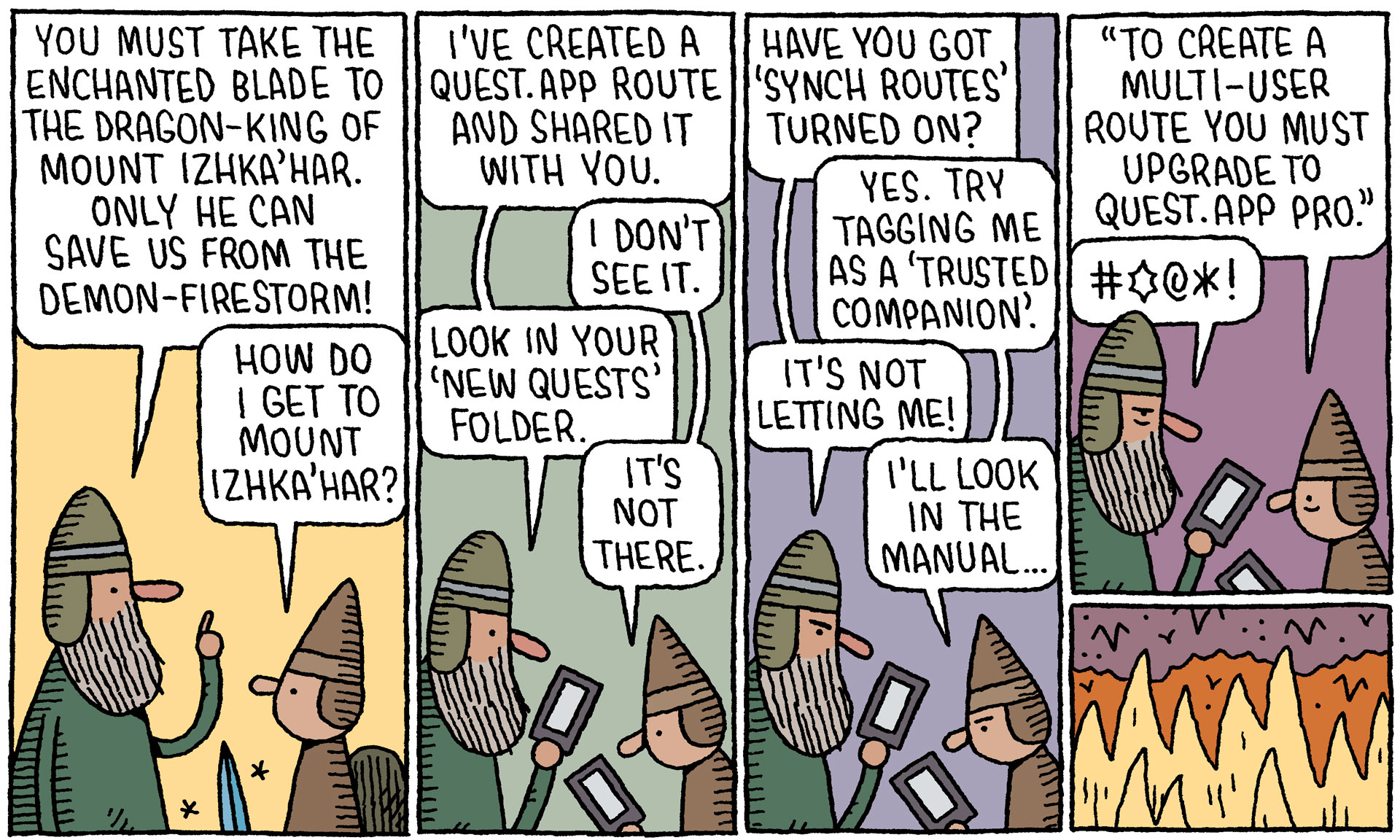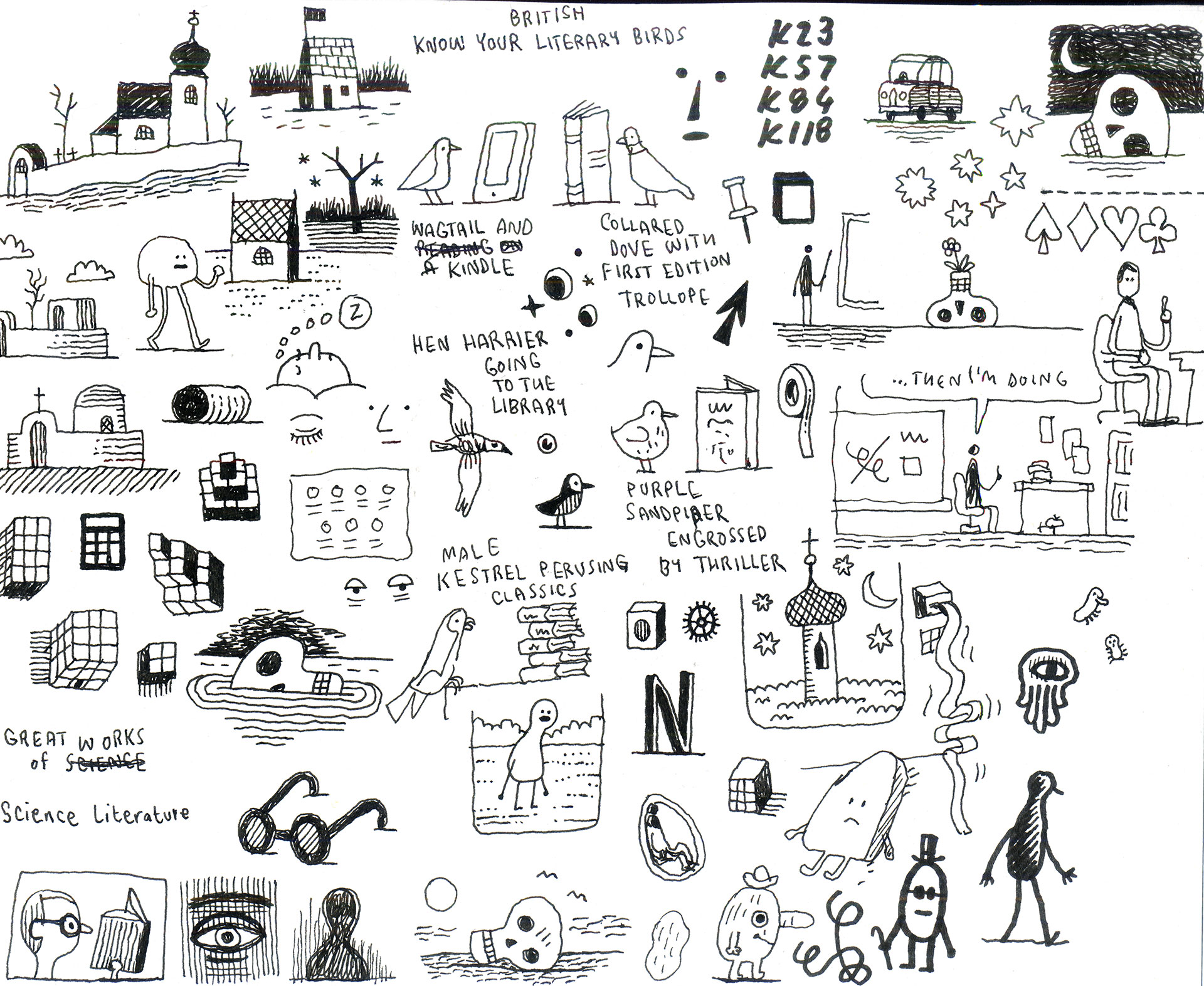Storytelling
https://www.creativereview.co.uk/brand-storytelling-trend-began-whether-will-ever-end/
On the first question, you can see the appeal of storytelling as an analogy, or set of analogies, for what branders and advertisers do. There have been other analogies in the past – there was a long-standing military theme (tactics, campaigns, target audiences), then the built environment (brand architecture, brand pillars, brand pyramids), and a blue-collar engineering theme (boilerplates, toolkits, roll-outs). But storytelling offers an especially fertile field of analogies for what branding is about – narratives, story arcs, characters, motivations, resolutions.
But the real appeal, I think, was always emotional. Compared to the military and engineering language, storytelling felt more homely. It evokes firesides and fairytales. Just the word ‘story’ activates the child inside us (at least it used to). And, in the hands of advertisers with something to sell, that was always part of the point. Tell people you’re here to sell them something and the defences go up. But say you’re going to tell a story and people relax. For industries that haven’t always enjoyed the best reputations, advertising and branding were always going to see the appeal of rebranding themselves as ‘storytellers’.
https://en.wikipedia.org/wiki/The_Seven_Basic_Plots
Overcoming the Monster[edit]
The protagonist sets out to defeat an antagonistic force (often evil) which threatens the protagonist and/or protagonist's homeland.
Examples: Perseus, Theseus, Beowulf, Dracula, The War of the Worlds, Nicholas Nickleby, The Guns of Navarone, Seven Samurai and its Western-style remake The Magnificent Seven, the James Bond franchise, Star Wars: A New Hope, Halloween, JoJo's Bizarre Adventure, Attack on Titan, The Hunger Games, Harry Potter and Shrek.[2]
Rags to Riches[edit]
The poor protagonist acquires things such as power, wealth, and a mate, before losing it all and gaining it back upon growing as a person.
Examples: Cinderella, Aladdin, Jane Eyre, A Little Princess, Great Expectations, David Copperfield, The Prince and the Pauper, Brewster's Millions.[2]
The Quest[edit]
The protagonist and some companions set out to acquire an important object or to get to a location, facing many obstacles and temptations along the way.
Examples: Odyssey, The Pilgrim’s Progress, King Solomon's Mines, Watership Down,[2] The Lord of the Rings, Harry Potter and the Deathly Hallows, The Land Before Time, One Piece, the Indiana Jones franchise, The Voyage of the Dawn Treader, Harold & Kumar Go To White Castle
Voyage and Return[edit]
The protagonist goes to a strange land and, after overcoming the threats it poses to him or her, returns with experience.
Examples: Odyssey, Ramayana, Alice in Wonderland, Goldilocks and the Three Bears, Orpheus, The Time Machine, Peter Rabbit, The Hobbit, Mad Max: Fury Road, Brideshead Revisited, The Rime of the Ancient Mariner, Gone with the Wind, The Third Man,[2] Chronicles of Narnia, Apollo 13, Labyrinth, Finding Nemo, Gulliver's Travels, Spirited Away, Uncharted, The Wizard of Oz. Back To The Future.
Comedy[edit]
Light and humorous character with a happy or cheerful ending; a dramatic work in which the central motif is the triumph over adverse circumstance, resulting in a successful or happy conclusion.[3] Booker makes sure to stress that comedy is more than humor. It refers to a pattern where the conflict becomes more and more confusing, but is at last made plain in a single clarifying event. Most romances fall into this category.
Examples: A Midsummer Night's Dream, Much Ado About Nothing, Twelfth Night, Bridget Jones's Diary, Music and Lyrics, Sliding Doors, Four Weddings and a Funeral, Mr. Bean
Tragedy[edit]
The protagonist is a hero with one major character flaw or great mistake which is ultimately their undoing. Their unfortunate end evokes pity at their folly and the fall of a fundamentally 'good' character.
Examples: Macbeth, The Picture of Dorian Gray, Carmen, Bonnie and Clyde, Jules et Jim, Anna Karenina, Madame Bovary, John Dillinger, Romeo and Juliet, Julius Caesar,[2] Death Note, Breaking Bad, Dirty Mary, Crazy Larry, Hamlet, Beowulf, The Room
Rebirth[edit]
During the course of the story, an important event forces the main character to change their ways, often making them a better person.
Examples: The Frog Prince, Beauty and the Beast, The Snow Queen, A Christmas Carol, The Secret Garden, Peer Gynt,[2] Life Is a Dream, Despicable Me, Machine Gun Preacher, Megamind, How the Grinch Stole Christmas
S town: https://www.creativereview.co.uk/how-the-s-town-podcast-was-made/
I go out because the walking and the caffeine helps me think, but also because if I’m not in the studio I can’t make a ‘finished’ cartoon. The early thinking [is] where hopefully you discover an interesting way of looking at something. So, in a perfect world, by the time I go to bed on Tuesday night I’ve got the idea. Then when I come in on Wednesday I can draw it up and send it to them on Wednesday afternoon.
https://www.creativereview.co.uk/illustrator-tom-gauld-telling-tales-toons/


Comments
Post a Comment